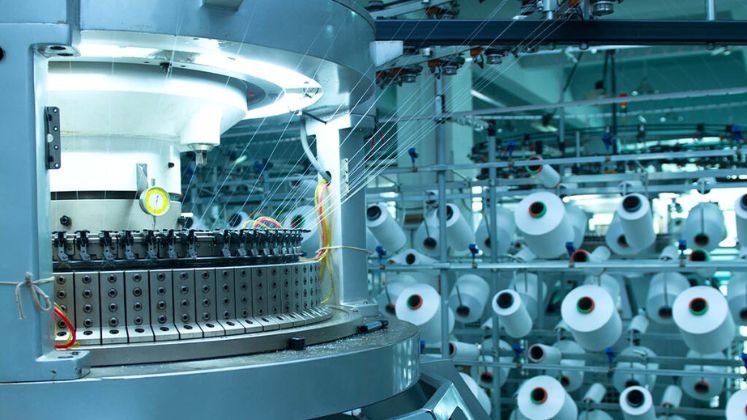
Over the next ten years, the market is anticipated to maintain an upward consumption trend, driven by the Middle East’s growing need for machinery for textile preparation, weaving and knitting.
The market is expected to slow down and grow at a projected compound annual growth rate (CAGR) of +1.2 per cent between 2024 and 2035, reaching a volume of 1.9 million units by the end of 2035.
In terms of value, the market is expected to grow at a projected compound annual growth rate (CAGR) of +4.1 per cent between 2024 and 2035. By the end of 2035, the market is expected to be worth US $ 11.3 billion (at nominal wholesale prices).
The consumption of textile preparation, weaving, and knitting machines in the Middle East grew for the third year in a row, rising by less than 0.1 per cent to 1.7 million units in 2024. In 2024, the Middle Eastern market for textile preparation, weaving, and knitting equipment generated US $ 7.3 billion, a decline of -8.7 per cent from the year before.
With a combined 63 per cent share of overall consumption in 2024, the three nations with the largest volumes of consumption were Yemen (259,000 units), Saudi Arabia (358,000 units), and Iraq (426,000 units).
In 2024, the United Arab Emirates (14,000 units) and Turkey (12,000 units) accounted for about 40 per cent and 34 per cent of all imports, respectively, of textile preparation, weaving, and knitting machinery. Iran came in second with 4500 units, accounting for 13 per cent of all imports. The leaders were followed closely by Saudi Arabia (673 units), Jordan (685 units), Syria (707 units), and Iraq (1,198 units).
Turkey was the top exporter of textile preparation, weaving, and knitting machines in 2024, accounting for 60 per cent of all exports (10,000 units). The United Arab Emirates came in second with 6.2K units, accounting for 36 per cent of total exports.






